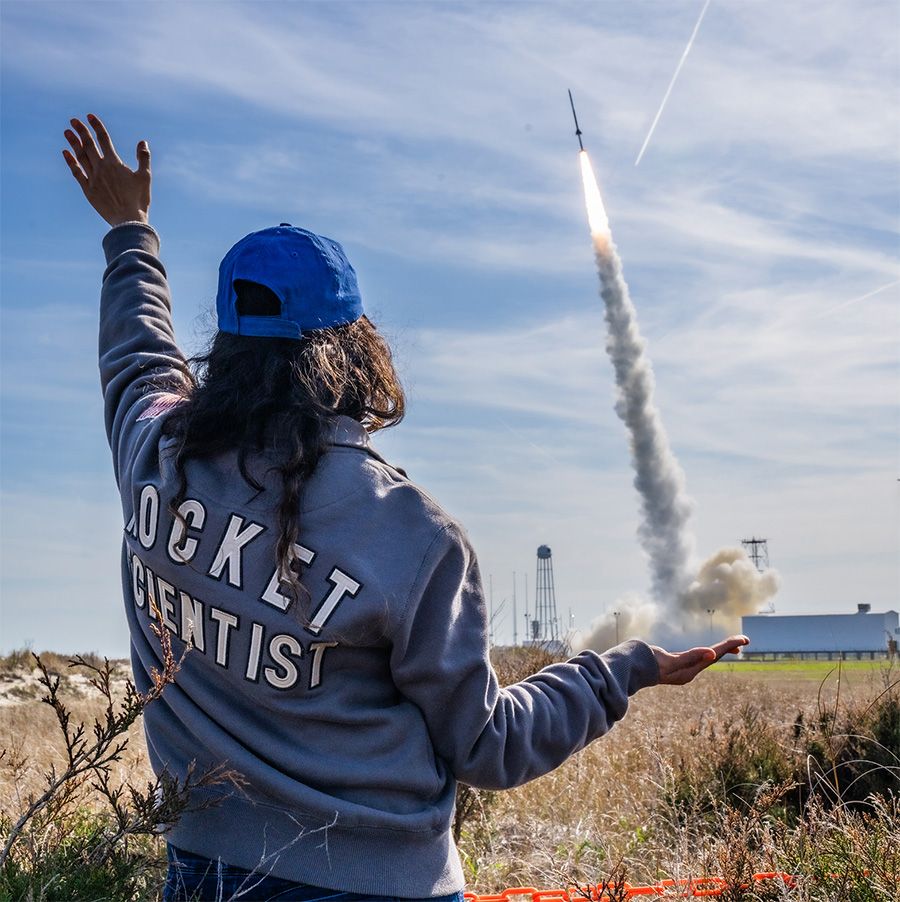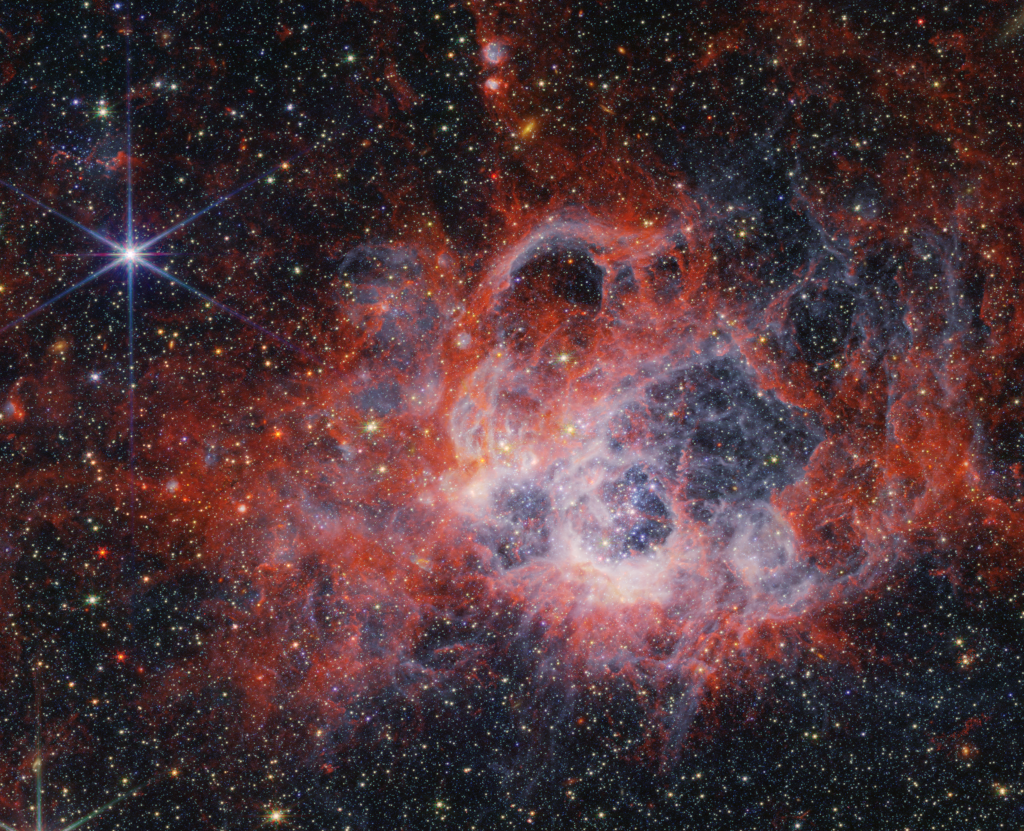Exploring the Heart of Space Weather with the Geospace Dynamics Constellation
Doug Rowland | The Geospace Dynamics Constellation, or GDC, will provide the first direct global measurements of Earth’s atmospheric interface to space — a region where disturbances can cause space weather effects like scrambling of communications and navigation signals, satellite orbit disruptions, and induced currents that can trigger power outages on Earth. GDC’s unprecedented multi-point observations in the heart of this interface region will provide a shift in perspective on this region akin to the launch of the first weather satellites, allowing scientists to understand this complex, interconnected system as a whole. NASA Science Theater at AGU 2020!
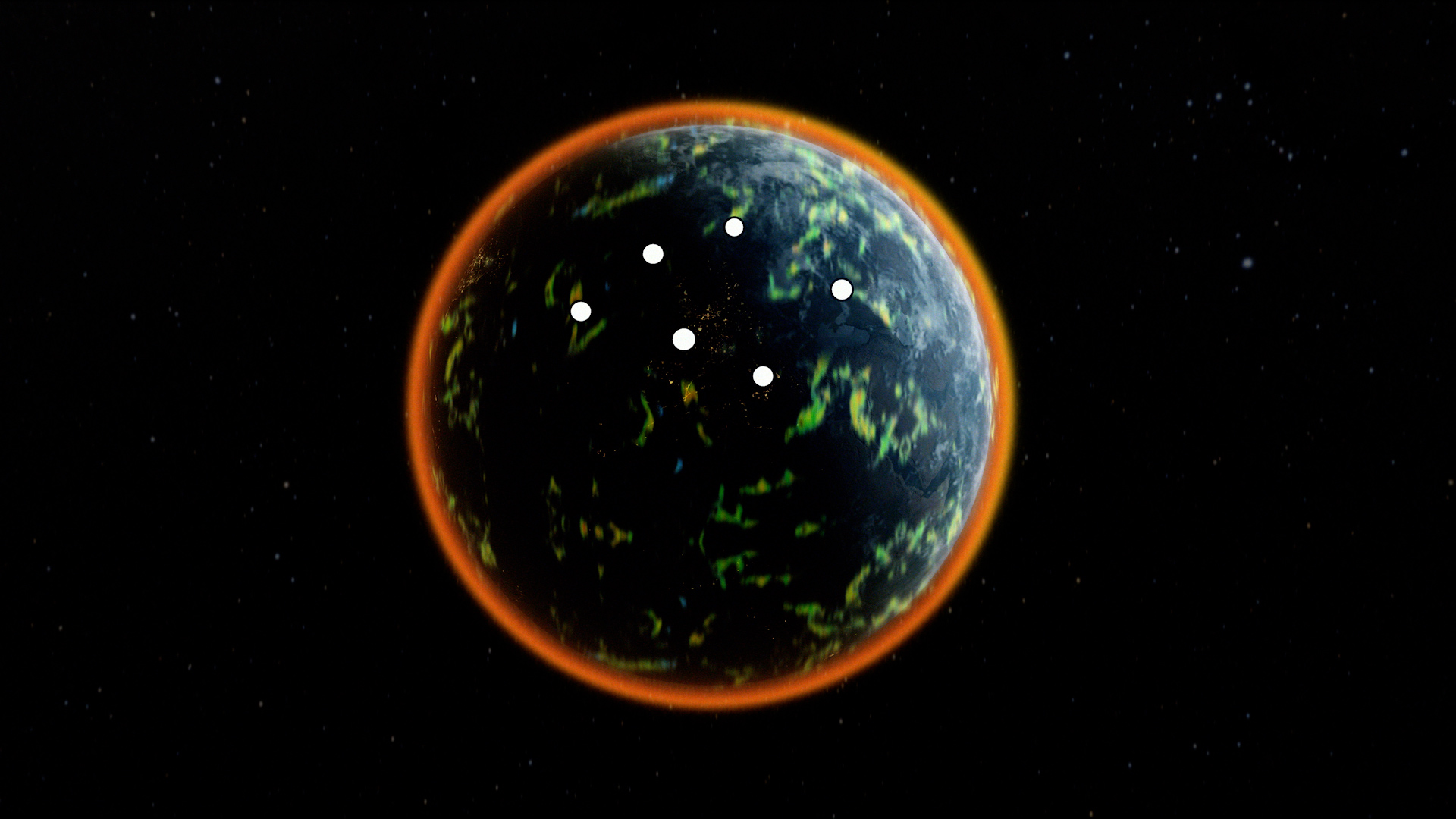
Find out more at the GDC Website
GDC Mission webpage. Within the region connecting our home to space, we see how weather from above and below impact our ability to live and work.

Find Fliers and posters about GDC here
The mission Poster and slide from the GDC town hall are at the mission website .
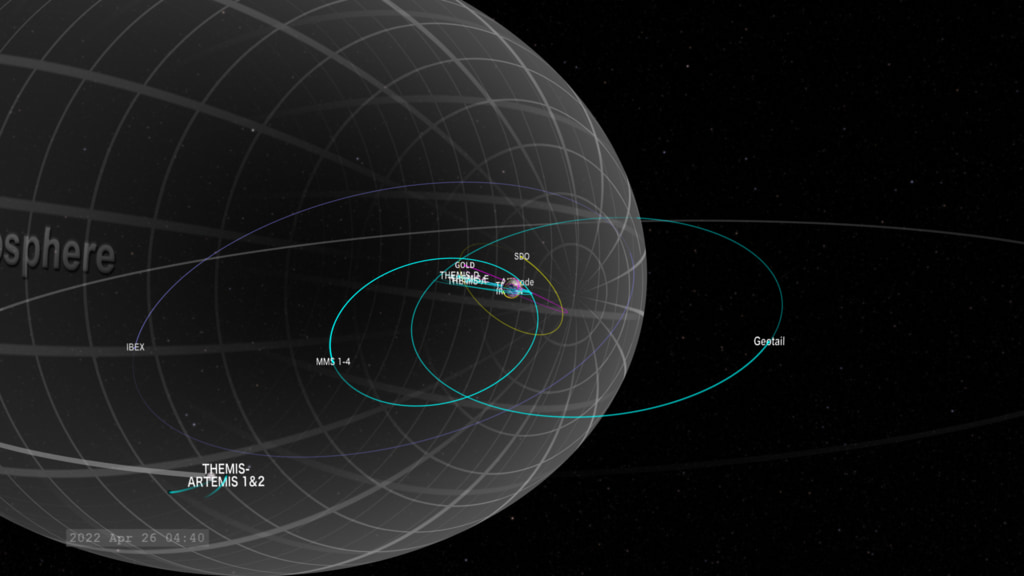
Planned GDC Ephemeris
GDC Planned Ephemeris Data Now Available for Download at the Mission website - Start planning now for how you will interact with GDC.
Featured Videos
A Solar Wind Sea Shanty
Parodying the classic sea shanty "The Wellerman," “The Solar Wind: A Heliophysics Sea Shanty” illuminates one of the primary connections between the Sun and Earth, the solar wind. This video can be shared and downloaded at YouTube .
Welcome to the Ionosphere!
This little-explored region exists between space and Earth. It is home to the aurora, the international space station, a variety of satellites, and radio communication waves. Join us as we venture to this interface to space! This video can be downloaded from the Scientific Visualization Studio
Chasing Lightning: Spritacular
Follow along and watch this wonderful introduction to our newest citizen science group, Spritacular, as they learn more about all kinds of lightning, from elves, sprits, to transient luminous events. Get involved at Spritacular.org

How you too can get involved with NASA Science
Science is for everyone and we want you to get involved! Check out all the amazing ways at the Goddard Citizen Science website!
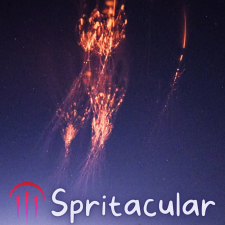
Spritacular
Join the chase of lightning from the ground, engage with a global community of observers, and contribute your observations for NASA Science at Spritacular!
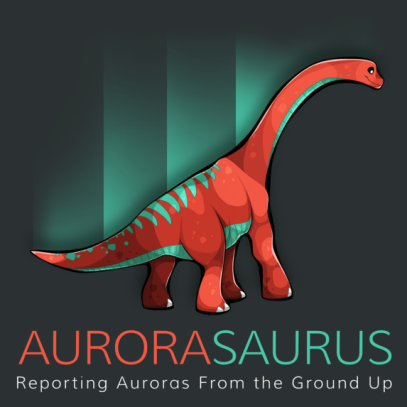
Aurorasaurus
Want to learn more about the aurora and help scientist understand these dancing lights? Join up with others at Aurorasaurus and even get emails when the aurora might be in your area!
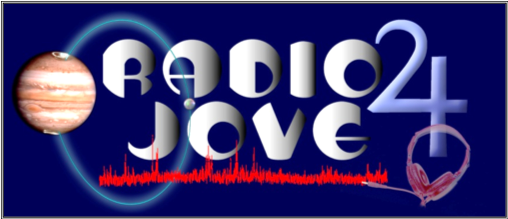
Radio Jove
Space is filled with radio waves! Help scientists learn more about where all these waves come from and how they are used to tell us more about our place in the universe at Radio Jove.
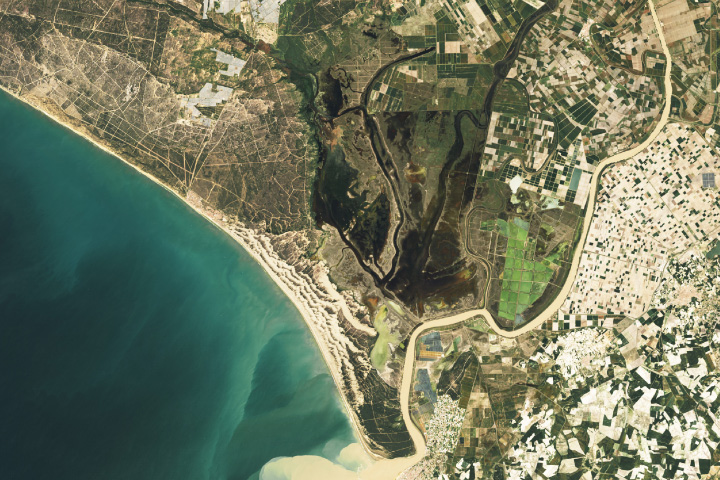
Earth Observatory Picture
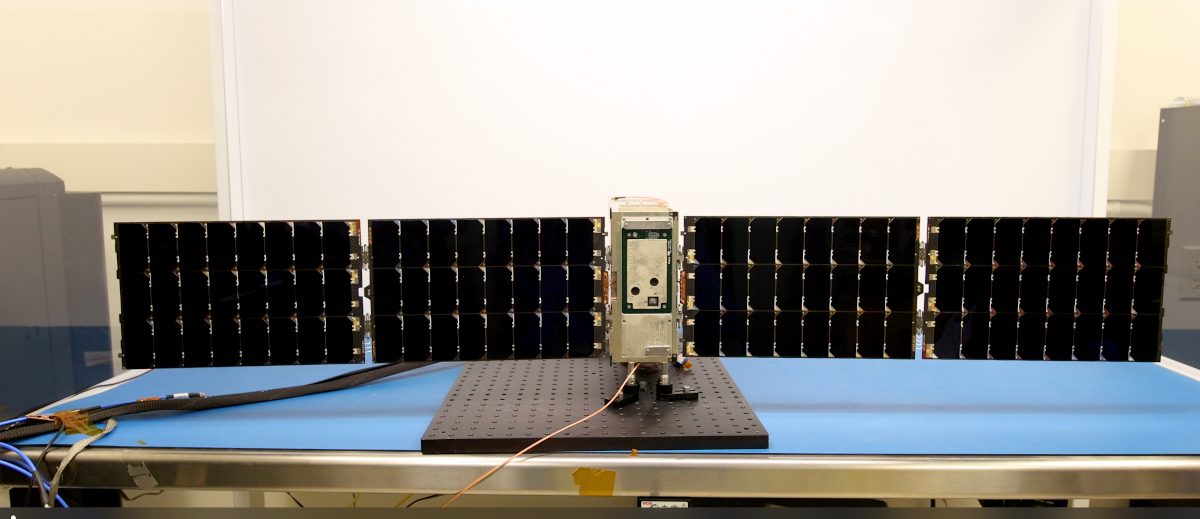
HEASARC

